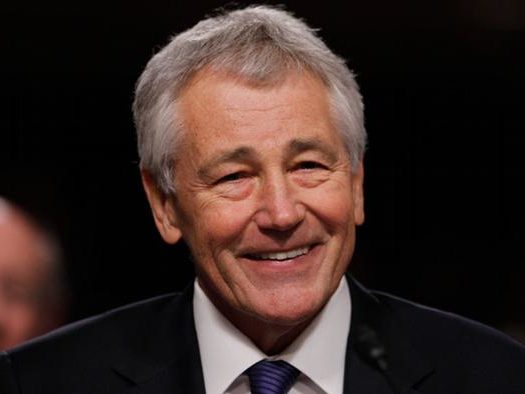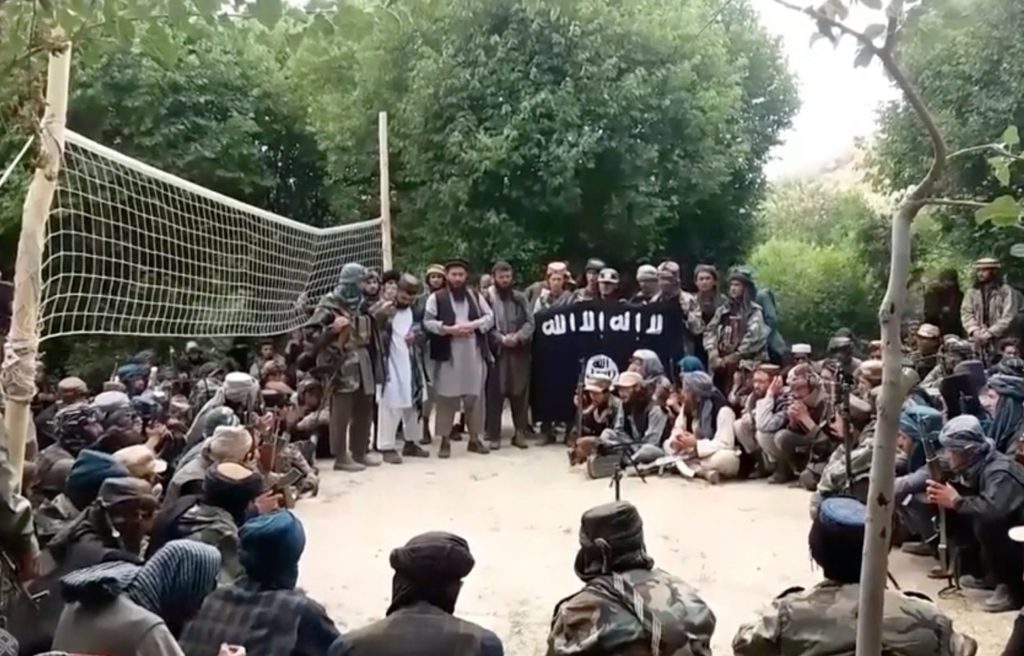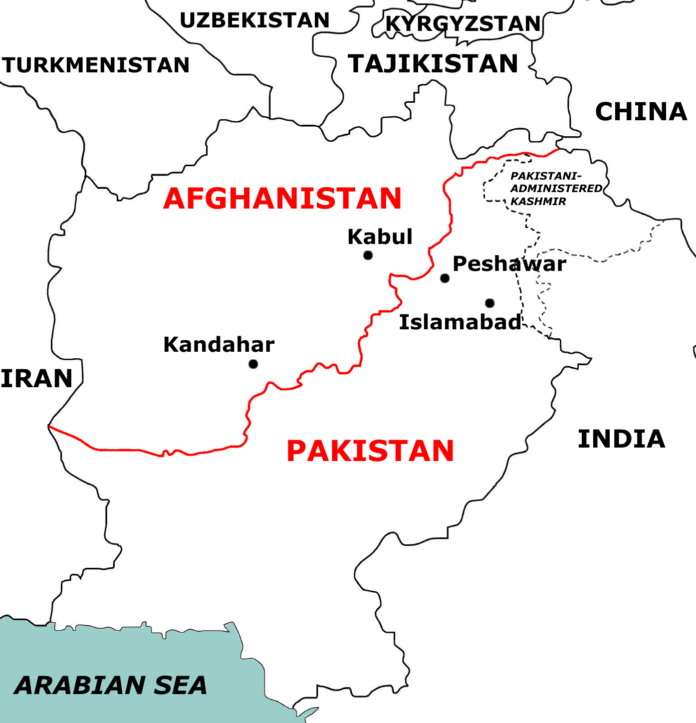In my last article on the subject, I had elaborated some measures to be taken to manage Afghanistan in a more strategic and collaborative way. The said measures were, inter-parliamentary delegations exchange, engagement with Central Asian States for influencing Kabul regime, infrastructure development support, managing land locked status for transit trade, encouraging and leveraging the pro-Pakistan Afghan refugees, border fencing, etc.
Some areas were given attention and initiatives were taken at the Parliament level for delegation exchanges and border fencing has already started to regulate the porous Durand Line. One factor that was also elaborated in my previous article is that Afghanistan had not accepted Pakistan since its creation and has always kept itself involved with States that were traditionally hostile to Pakistan. While Pakistan‘s border with India is heavily guarded and secured along with a well-established deterrence, the border with Afghanistan is not defined and people travel back and forth without any documentation. Due to this long porous border and absence of strict visa policy, Pakistan has suffered a lot during the war on terror since most RAW-NDS backed TTP attackers were coming from Afghanistan.
Pakistan is also being branded as a hostile nation in Afghan syllabus taught in its schools, colleges and even universities. This is one of the main reasons for hostility and must be dealt by aggressive engagement with Kabul regime. The Turkish and Chinese examples were given previously to prove how friendly nations behave; such behavior has not been expressed from the Afghan side. Pakistan must work with the Afghans on how to change this hostile image and try to change the minds of Afghan academics and intellectuals. We cannot change our neighbors, if we have to live together we must focus on mutual trust and try our best to improve interstate and cross-cultural relations. I can give a recent example when UNHCR for Afghan refugees printed a controversial syllabus that was hostile to Pakistan, this strongly condemned by Pakistan at the government and UN level.
Many Afghans from all spheres of life, including regimes in Kabul, live in an imaginary Utopia that Pakistani areas up to Attock and Mianwali districts belong to Afghanistan, thus they do not recognize the division of the sub-continent by the British in 1947. Even if the Taliban issue were to somehow get resolved, the issue of Pashtun areas in Pakistan will still pose a question mark in Afghan minds and this is the reason that all regimes in Kabul do not accept the Durand Line as a permanent border. The Indian influence has increased so much in the ranks of the Kabul regime that it is clearly visible in Kabul’s adopted policies regarding Pakistan. The transit trade agreement is valid between Pakistan and Afghanistan and Afghan transporters are using the Wagha border for transporting Afghan goods to India but they are not allowed to ship Indian goods back to Afghanistan, this is the main hurdle point. Afghanistan is pushing Pakistan to include India in mutual trade and stressing for trilateral trade while this is totally unacceptable to Pakistan.

Afghanistan, intentionally or non-intentionally, does not understand sensitivities between India and Pakistan, it stresses that it is free to choose when it comes to foreign relations thus totally ignoring the fact that India is using Afghan soil against Pakistan. Indian role in Afghanistan is inimical to Pakistan’s interests. It is known fact that India is supporting the TTP terror network and receives help from the notorious Afghan NDS agency. A couple of examples are being given to elaborate this fact: former US defense secretary Chuck Hagel openly mentioned the Indian role in destabilizing Pakistan while using Afghan soil. Also during his recent Indian visit, the current defense secretary James Mattis intended to convey to Indians, especially RAW about moderating their policy for helping TTP terrorists which of course disturbed Indians. It is conclusive that Indian RAW has invested a lot of financial, human and logistic resources in order to destabilize Pakistan using Afghan soil and Afghan resources thus it is not so easy for them to withdraw or moderate their network of activities. This is a challenge that and needs to be handled in a surgical and sharp diplomatic way.
Another example is the capture of serving Indian naval officer Commander Kulbhushan Yadav who confessed that he was assigned to destabilize Pakistan, specially CPEC and that he used Afghan and Iranian soil to support separatist groups in Pakistan. With above mentioned examples there should be no doubt now that the Indians are trying their best to destabilize Pakistan with active help from the Afghan government, the NDS, other agencies and some near and distant countries. In recent years Indian RAW was actively involved in destabilizing Karachi and had disbursed funds for creating political and terror assets – political activists and other criminal elements were involved in creating chaos and anarchy in Karachi. This great city has seen much bloodshed in the past few decades and our economy has been hurt as well due to foreign funded proxies. The situation in Balochistan was also ignited after the killing of Akbar Bugti and Indian RAW tried to benefit from the situation and started helping exiled Baloch leaders. All logistic and financial support has always been coming from Afghanistan for supporting terror activities inside Pakistan for the past many years.
Iranian support for Indians can be managed and moderated by aggressive diplomacy and for this, we have to keep a fair balance between Saudi Arabia and Iran. Also, Iran is tied up with SCO bloc where Pakistan, Turkey and Central Asian States are inclined more towards the Chinese and Russians. That leaves only Afghanistan and its impotent regime which needs to be effectively managed.
The time has come now to pull strings a bit tighter regarding our Afghan policy by undertaking some special measures because of evolution of emerging phenomena in eastern Afghanistan.

Emergence of ISIS in Afghanistan With the chaos and humanitarian mess created in the Iraq and Syrian wars, ISIS is getting stronger in Afghanistan. The way both wars in the Middle East were handled, chaos and anarchy were foreseeable. There are no reasons why the allied forces in Iraq left such a huge vacuum that paved the ground for emergence of terror groups like ISIS. A school of thought blames the US and allied forces for mismanagement and its incapability to stop the emergence of ISIS like terror groups, however, there is another school of thought that believes that the crisis was intentionally created in order to benefit from the oil resources of Iraq and pave the way for creation of Greater Israel. This school of thought does not over rule the religious factor in the ongoing Middle Eastern wars, the same applies to the war in Syria where there was no need for western involvement since the Bashar Government was an internal Syrian issue. the Obama administration’s unnecessary ambitious campaign provided legitimacy to the Russians and other regional powers like Iran to intervene in the Syrian conflict thereby creating a huge humanitarian and mass migration crisis. In the end, the Syrian war became a war of hegemony where Russia and Iran succeeded partially.
Another scenario in Afghanistan needs careful watching. This is same country where Americans defeated Russians in 1988 with help from Pakistan. The US took all credit for that victory and became the sole superpower and the world shifted from bi-polar to uni-polar status. History has repeated itself starting from the Vietnam War where China and Russia supported anti-American rebels (Viet Kong) and the Americans had to pull out leaving thousands of their dead soldiers and uncountable injured. Then the Soviet intervention in Afghanistan provided the US with a chance to avenge the Vietnam defeat. Now once again, US and NATO alliance find themselves in Afghanistan where the Russians and Iranians have opportunity to exert leverage from the ground situation and it might be possible they have ties with the Afghan Taliban. The blame that Pakistan is supporting the Afghan Taliban is untrue, in fact more than 40% of Afghanistan is under control of the Afghan Taliban thus there is no need for sanctuaries in Pakistan. The US fears repetition of history of 1980-era when the Afghan war was fought against USSR and US engineered disintegration of USSR, only now the Russians and Iranians might get such an opportunity which they might very well avail.
Some Intelligence and diplomatic sources believe that some forces are intentionally bringing ISIS into Afghanistan to counter Russian, Iranian and Afghan Taliban influence. Recent ISIS attacks in neighboring countries, particularly on Shia and Hazara community might be a case in point. Here, the role of RAW cannot be ruled out in financing ISIS efforts in the region, it is in Indian interest to promote/ support ISIS so that its greater objectives under new strategic blocs could be fulfilled. The region is experiencing the worst type of intelligentsia warfare and the center stage is Afghanistan.
ISIS is mainly active in the eastern Afghanistan which is near the Pakistan-Afghanistan border. Basically, some TTP terrorists voiced allegiance to Islamic State and became part of Daesh. We know that the TTP basically is made up of RAW/NDS sponsored fanatics based in eastern Afghanistan under their umbrella. It cannot be a coincidence that ISIS has emerged on its own without remote sponsorship from Mosul or Raqqah. In fact, various reports suggest an active RAW hand in converting TTP groups into ISIS with help from some western agencies. The emergence of ISIS in Afghanistan, especially on its eastern side with Pakistan border is part of a greater agenda. The nexus here is extremely dangerous with involvement of RAW, NDS, MOSAD and NATO-based and some other regional agencies.
Establishing Zones of Influence
The bottom line is that Afghanistan has become a real security challenge for Pakistan. The border with Iran can be managed with a sharp and aggressive diplomacy. With the current SCO arrangement and CPEC alignment, it is more feasible to engage Iran but efforts to engage Afghanistan do not seem to bear fruit because of Indian and other said notorious nexus. So in order to safeguard Pakistan’s interests, we must be ready to take some additional steps, this is the right of a country to protect its interests and safeguard its citizens from any uncertainty due to a war like situation emerging next door. The US has launched invasion Afghanistan based on suspicion that the Afghan Taliban government helped extremist groups that sponsored the New York September 11 attacks. Another example in recent days is when Turkey launched an assault on Syria against PKK/YPG terror groups. Turkey is enforcing a zone of influence about 30 km width along its border with Syria so that Turkey could be saved from ISIS, PKK and YPG terror groups.
If this can be done successfully by Turkey, why cannot the same be done by Pakistan. The border fencing on the Durand Line by the Pakistan Army is in progress which is the right step, but the events evolving in Afghanistan require a more aggressive approach. Pakistan armed forces must think about establishing zones of influence inside Afghanistan, about 10 to 15 km beyond its borders. I am not suggesting immediate steps as taken by Turkey and sending troops in the same way into Afghanistan. Rather, there are ways to establish a buffer zone and I am convinced that the time is approaching when our planners will have to keep this option on the table. For instance, pro-Pakistan tribals and militia forces can be activated beyond the Durand Line. The active or semi-active special flanks can be present permanently beyond the Durand Line preventing any imminent threat towards Pakistan. These are not steps that we have not exercised previously but we have vast experience from the 1980s afghan war where many tactical procedures had been developed.
Foreseeing enormous strategic challenges from eastern and western borders, it is suggested that our planners consider the below mentioned measures/ recommendations:
– With known risks from eastern and western side, keep the Iran border safe by developing good relations with Iran at any cost. We must not let our security be jeopardized by Saudi-Iranian rivalry and the challenge for our MOFA will be how to keep a fair balance without compromising on Pakistan’s wider interests.
– Our intelligence networks need more resources keeping in mind various internal and external fronts. Joint intelligence collaboration with SCO member states can be extremely helpful for handling challenges from Afghanistan.
– NACTA must be activated fully on urgent basis so that effective coordination could be established amongst various agencies.
– We need to develop countering capabilities of civil law enforcement agencies quickly and aggressive IBOs must be continued on long term basis.
– Awareness campaign must be initiated to let the nation know about 5th Generation Warfare.
With the emergence of SCO bloc and growing mutual trade via OBOR, the political, strategic as well as economic paradigm will change in the near future that will hopefully compel Afghan government to join with Pakistan through CPEC in order to achieve mutual goal of regional prosperity.




